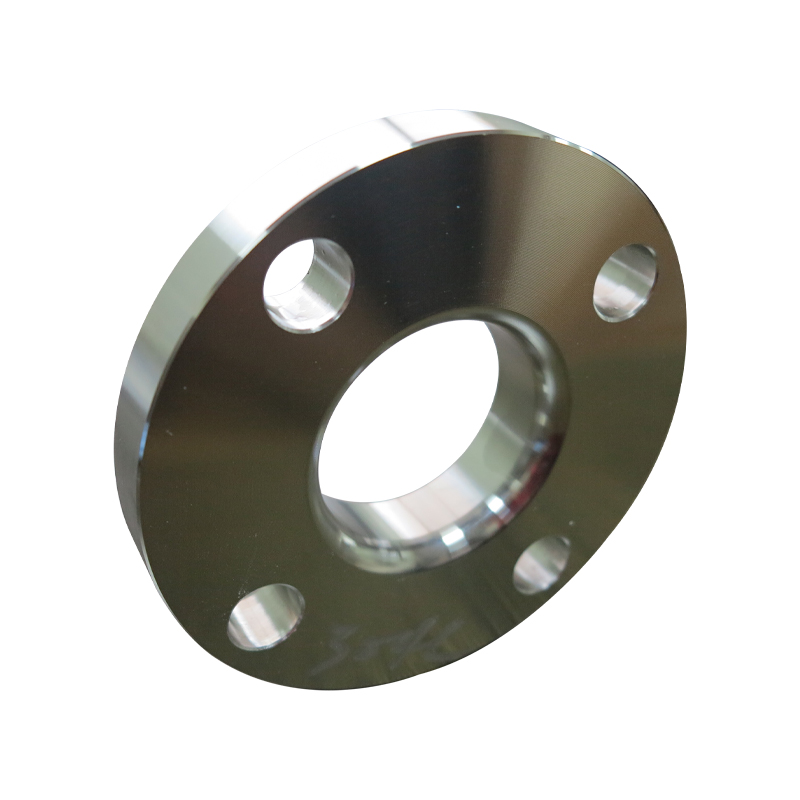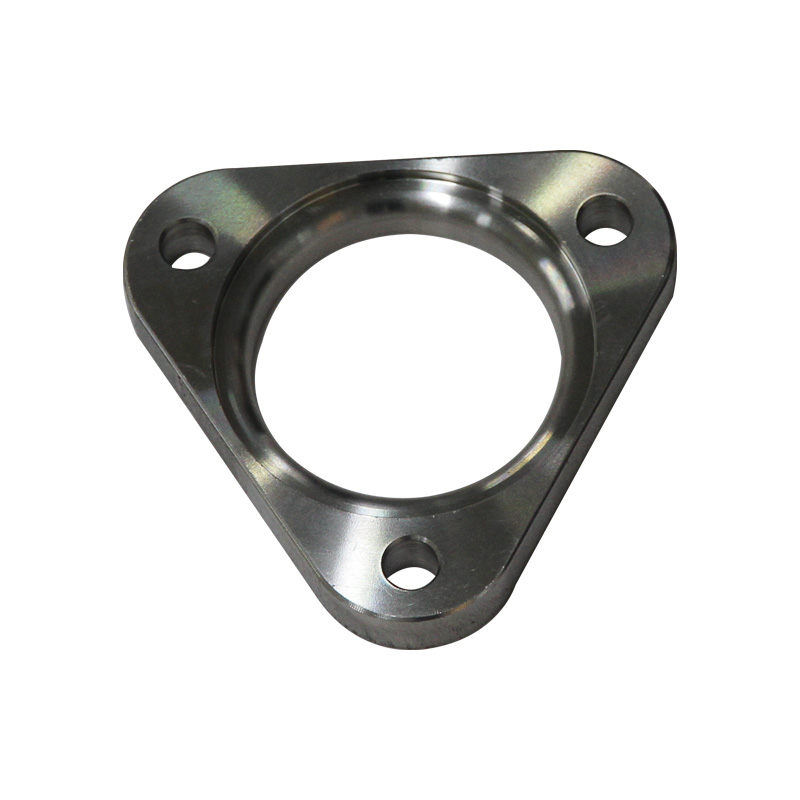


What is the correct installation sequence for butt-welded flanges? The following is for you to explain
1: Before joining the butt-welding flange, the inner and outer sides of the stainless steel pipe fittings should be arranged.
2:Two. Install the flanges with grooved rings on the pipes that need to be connected.
3:The pipe port needs 90 degree flanging process, after the processing of the pipe port plane needs to be polished, polished should be vertical flat, and there is no burr, bump and deformation questions, and the pipe mouth needs to be rounded with special tools.
4:There is also a simple method is to use the finished product for flanging short pipe and then weld it on the pipe.
5:In the flange with groove ring embedded on both sides of the O-shaped rubber sealing ring stainless steel sealing ring. The inner hole of the sealing ring is the same as the inner diameter of the pipe.
6:Then connect the flange hole with bolts, and the bolt assembly should be tightened symmetrically.
7:When tightening butt-welding flange, we should pay attention to the density of each joint, to reach the required specifications.
The main components of flange blank:
Steels having a mass fraction of carbon less than 2.11% and containing no specially added alloying elements. It is sometimes called plain carbon steel or carbon steel. Carbon steel is also called carbon steel, refers to the carbon content of WC less than 2.11% of the iron carbon alloy. Carbon steel generally contains a small amount of silicon, manganese, sulfur and phosphorus in addition to carbon.
(1) Carbon steels can be divided into carbon structural steels, carbon tool steels and free-cutting structural steels according to their uses. Carbon structural steels are further divided into engineering construction steels and machine-made structural steels.
(2) according to the smelting method can be divided into open hearth steel, converter steel;
(3) According to the deoxidation method, it can be divided into boiling steel (F), killed steel (Z), semi-killed steel (B) and special killed steel (TZ);
(4) according to carbon content can be divided into low carbon steel (WC 0.25% or less) to carbon steel, medium carbon steel (WC0.25% - 0.6%) and high carbon steel (WC > 0.6%);
(5) according to the quality of steel can be divided into ordinary carbon steel (phosphorus, sulfur higher), high quality carbon steel (phosphorus, sulfur lower) and high quality steel (phosphorus, sulfur lower) and super grade high quality steel. Description: Generally, the higher the carbon content in carbon steel, the greater the hardness, the higher the strength, but the lower the plasticity.
Post time: Jun-18-2021
